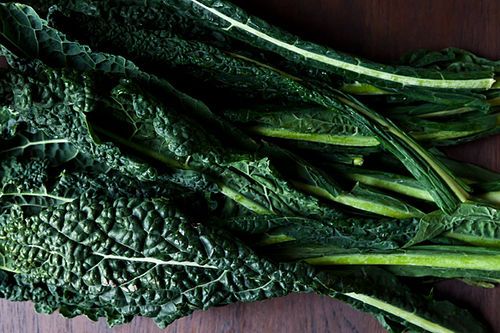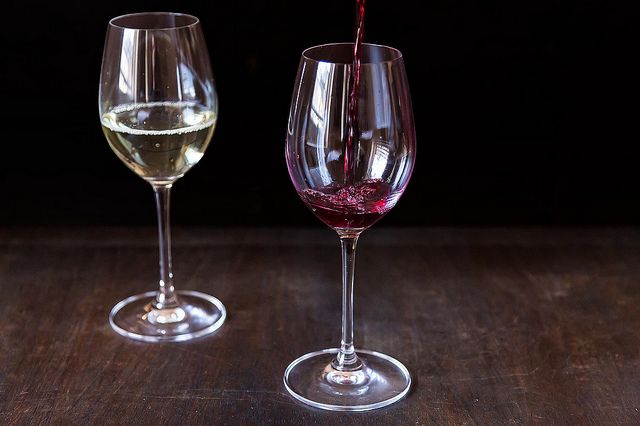We may have food down cold, but wine? This is where we'll conquer it. Join us; we don't want to drink alone.
Today: Salads are a playground for experimentation -- here's how to choose a wine that will play alongside.

From mainstays like chicken caesar and tuna salad, to summer favorites like potato and egg salads, to salads you literally throw together with what’s in the fridge, what lands on your plate can be different every time. It all adds up to a lot of variables. How can you possibly know what wine to choose when salad is on the menu?
Start with your ingredients. Just like choosing red leaf lettuce over kale, or balsamic rather than rice wine vinegar, choosing your wine is just another layer of flavor and texture. What's the secret to pairing? Choose a component of your salad you'd like to highlight, and choose the wine that goes with that component. Let's get started.
Keep Pace with Your Acidity
The liquid part of a salad, the dressing, can tweak your wine choice faster than you can say anchovy. If you’re squeezing fresh lemons into your dressing, or if you’ve added fresh grapefruit sections and their juice, you’ll want a wine that embraces tart flavors and high acidity. The 2011 Fumé Blanc from Robert Mondavi Winery, for example, starts with a distinct citrus aroma, finishes with mouth-watering acidity, and flows with green melon flavors in between. It’s a wine that keeps pace when acidity races through your salad.

When Your Base is a Hearty Green
Heartier greens like spinach and kale will bring a whole new texture to your salad. In this case, choose a textured wine to match. By “textured” wine I mean one that has a reasonable, but not overwhelming, amount of tannins, like the 2009 Knom Malbec from Clos Troteligotte in the Cahors region of France. (When we talk about tannins, we mean the chemical that causes some wines to have a drying effect in your mouth. The effect is similar to what you feel when you sip a very strong cup of tea without cream or sugar.)
Strongly flavored greens like arugula or mizuna, on the other hand, demand attention on their own. Consider a lighter wine like the 2012 Alois Lageder Pinot Grigio to tone down the peppery bitterness.

The Protein Factor
There’s nothing like salad as a full meal, especially in the summertime. Proteins like beef or chicken or even charcuterie in a salad can take over the show. (Just think of how often your fork reaches for the steak in a steak salad before anything else!) Chianti is a reliable go-to option for a range of meat-based salads. Chianti is made from the Sangiovese grape, which tends to have savory, herbal characteristics; try the 2011 Banfi Chianti Classico.
With so many discrete flavor components to a salad, wine recommendations need to adapt to the component you choose to highlight, first and foremost. It’s a fun, personal, flexible approach. Try it and see! Then tell us what you’ve found.
Photos by James Ransom




See what other Food52 readers are saying.